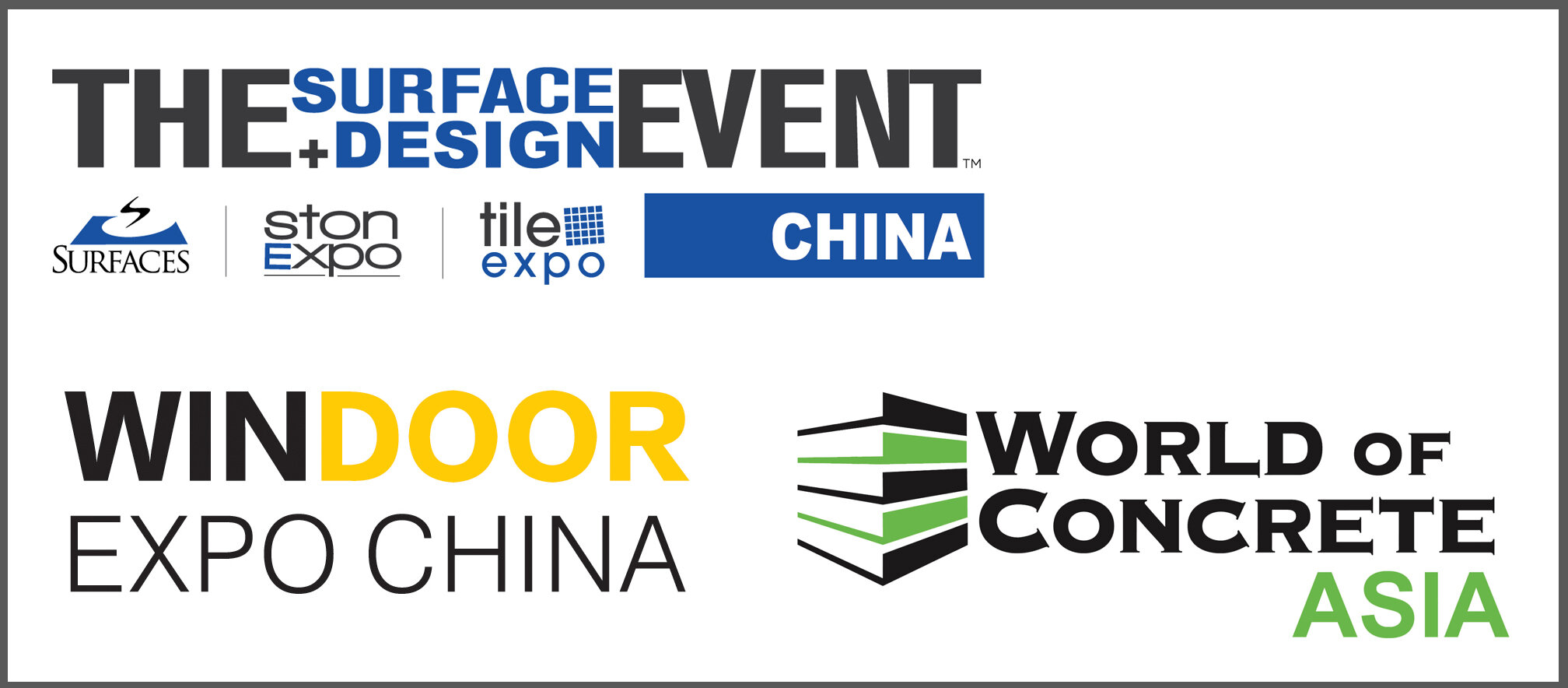Japan Symposium 2023 PART IV
With the successful conclusion of the symposium on Thursday and the Memorandum of Understanding (MOU) signing on Friday, the following days turned the focus on showcasing Japan in a more intimate and personal way. A variety of curated and walking tours around architecture hotspots around Tokyo and Osaka enabled event attendees to experience the cities’ architectural history and present up close and personal.
Already on Friday afternoon, shortly before the MOU signing, AIA architect James Lambiasi gave a tour of the renowned Ginza shopping district, accompanied by Paul Gao, NorthGlass CEO, and Schueco President Seng Chye Koek. The guides pointed out the diverse façade designs on display. The route starting at UNIQLO (Herzog de Meuron) and ending at the historical Lion Ginza 7-chome beer hall was compact at 1.3 km but not lacking in variety. Flagship storefronts such as BVLGARI (Shimizu), Louis Vuitton (Jun Aoki), Shiseido (Ricardo Bofill), Bottega Veneta (Garde), and Yamata (Nikken Sekkei) ranged from bright and loud to elegantly subdued. Ginza’s historical landmarks were also visited, including the Okuno Building (1932), Ginza Wako department store (1932) and the Kojun Building (1929, restored 2004).






On Saturday, the last day in Tokyo, Mr. Lambiasi explored another side of the capital cityscape, this time in Omotesando. The tour began with the Yoyogi National Stadium, designed by Kenzo Tange to host the 1964 Summer Olympics. The group then weaved through expansive new development projects, such as the Harajuku (Toyo Ito, Takenaka) and the Jingu-mae Complex (Akihisa Hirata, Nikken Sekkei). More innovative facades were on display, including the flagships of Coach (OMA) and Stella McCartney (Takenaka Corporation), and Prada (Herzog & DeMeuron). Miu Miu Aoyama stores located opposite each other offered playful contrasts between the former’s transparent glass façade and the latter’s subdued aluminum paneling. With that, the event attendees departed Tokyo, transiting via Shinkansen bullet train westwards to Osaka with the ASSC delegates opting to continue separately to Nara.









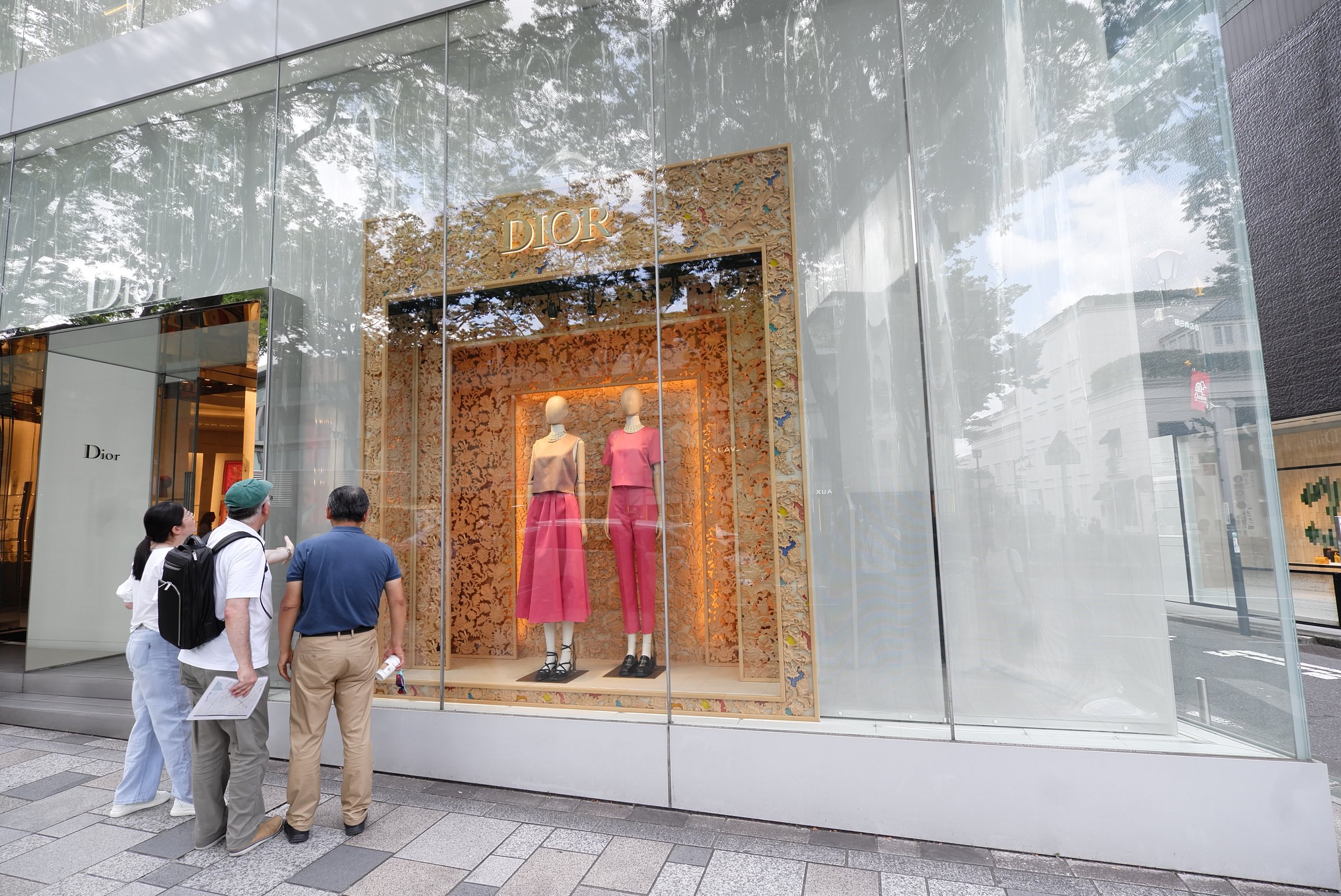
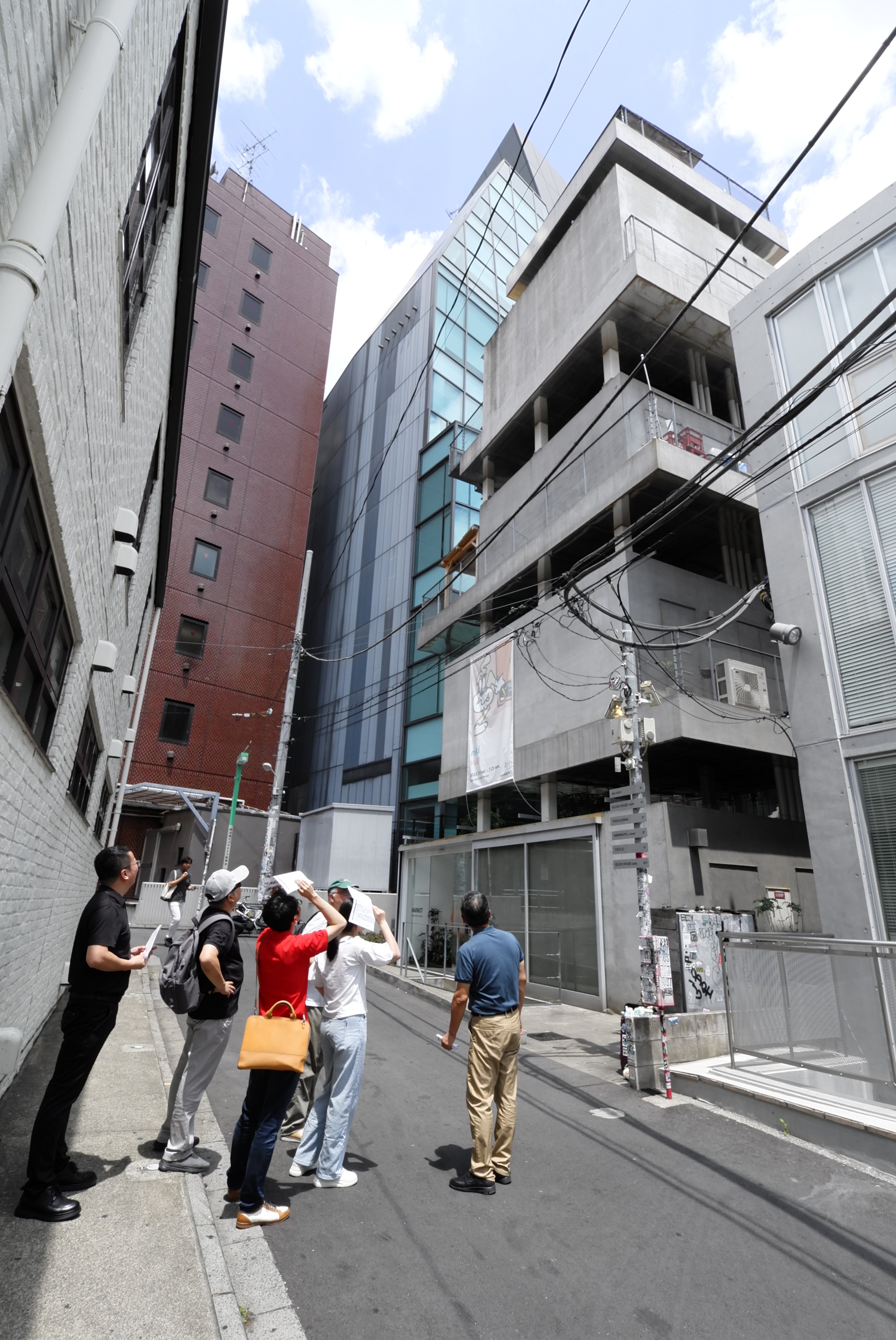





The Monday in Osaka started with a visit of the architecture office Nihon Sekkei, whereafter Mr. Lambiasi led a walking tour of Osaka. First was the Umeda Sky Building and Kuchu Teien Observatory, offering 360-degree views of the city as well as a glass-bottomed platform. Delving into the city’s rich history, the tour stopped at the Osaka City Central Public Hall with its Neo-Renaissance façade and domed bronze roof. A riverside walk led next to the 16th century Osaka Castle, with its imposing moats and turrets serving an icon of the city. Its storied history including a pivotal role in Japanese unification led to its restoration in 1995 to its Edo-era splendor. Tickets for the museum on the interior were unavailable due to demand, but exploring the exterior battlements were nonetheless worthwhile. The last stop was the NHK Osaka Hall, a modern concert hall designed by Cesar Pelli Associates.









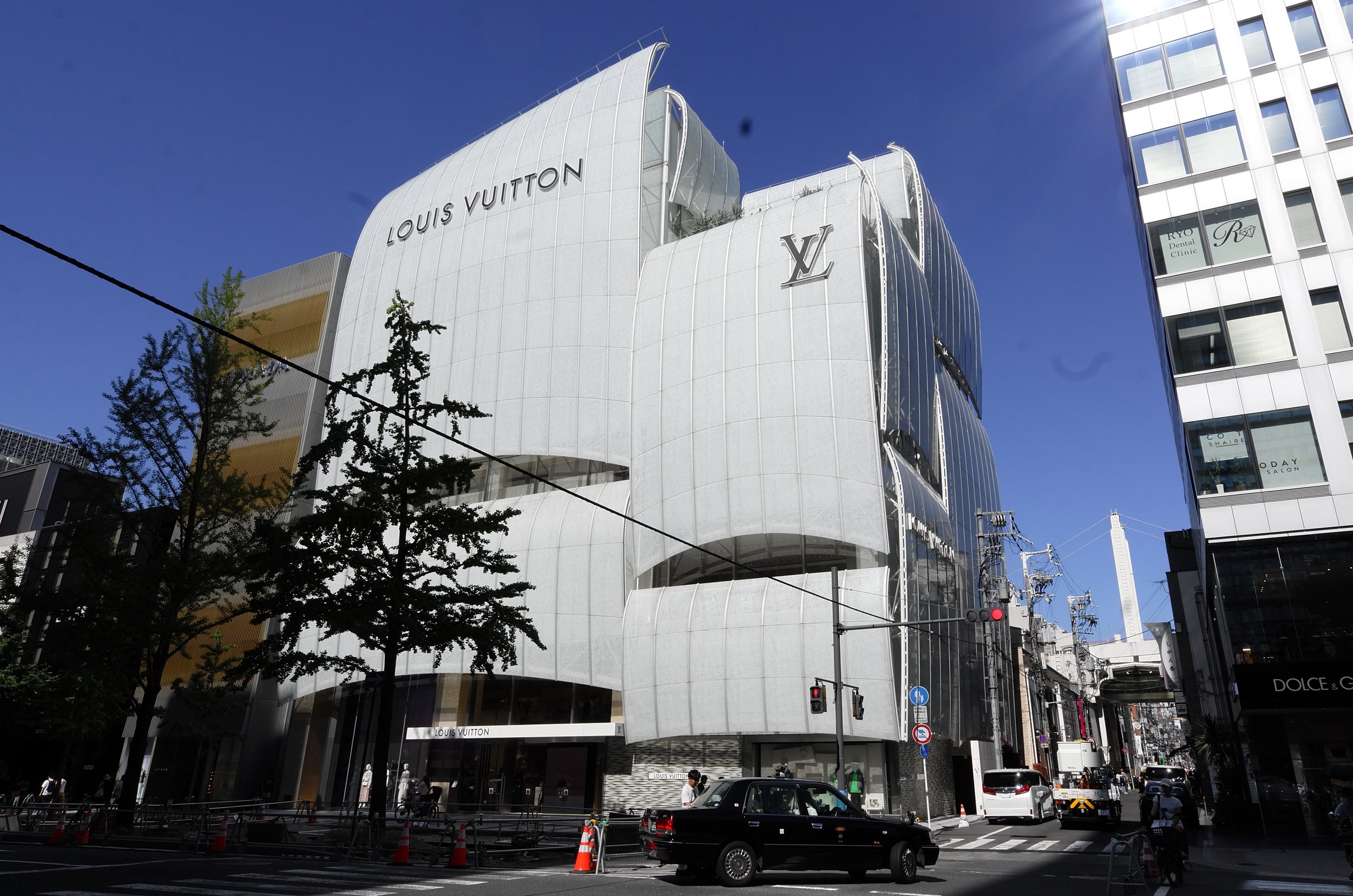







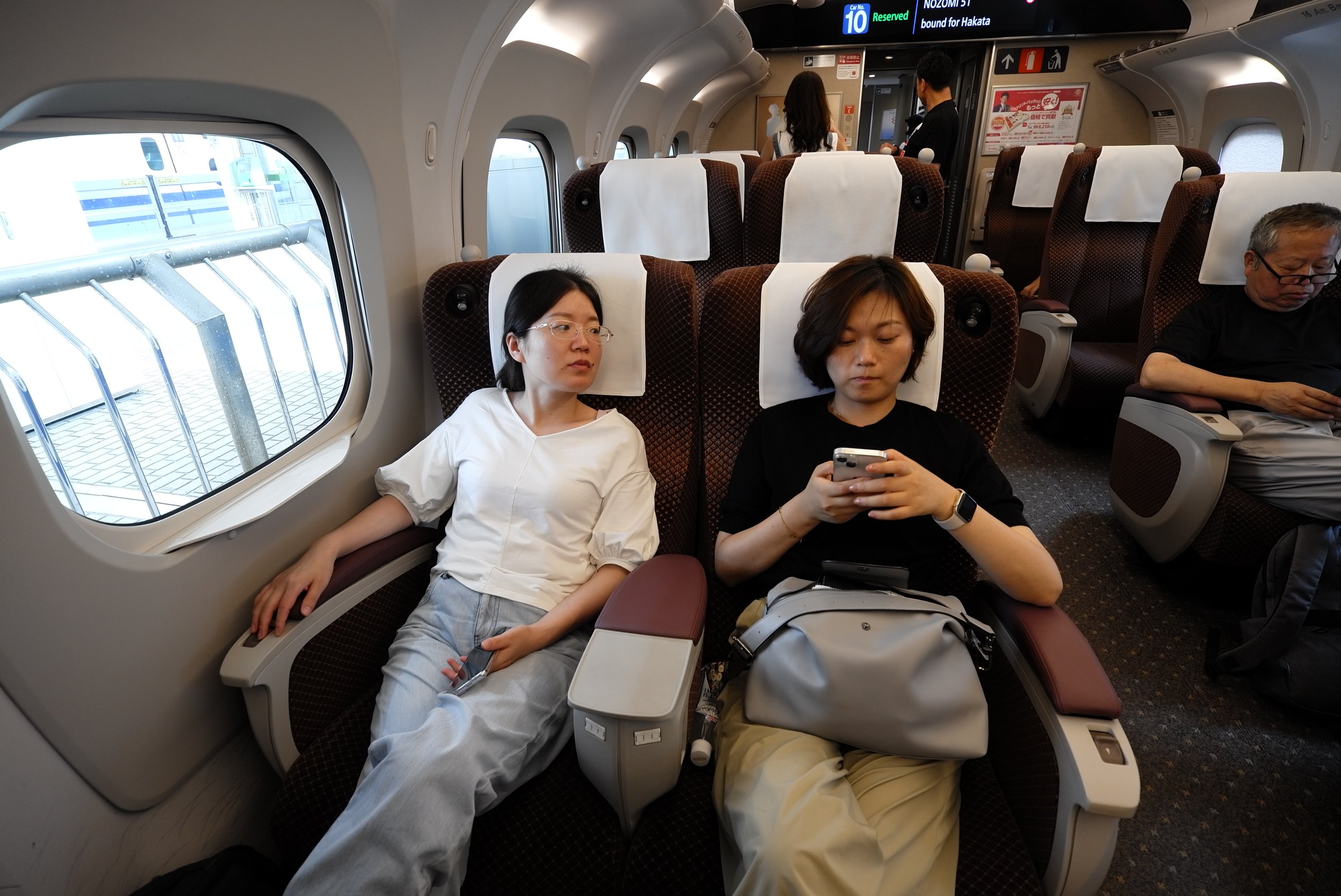


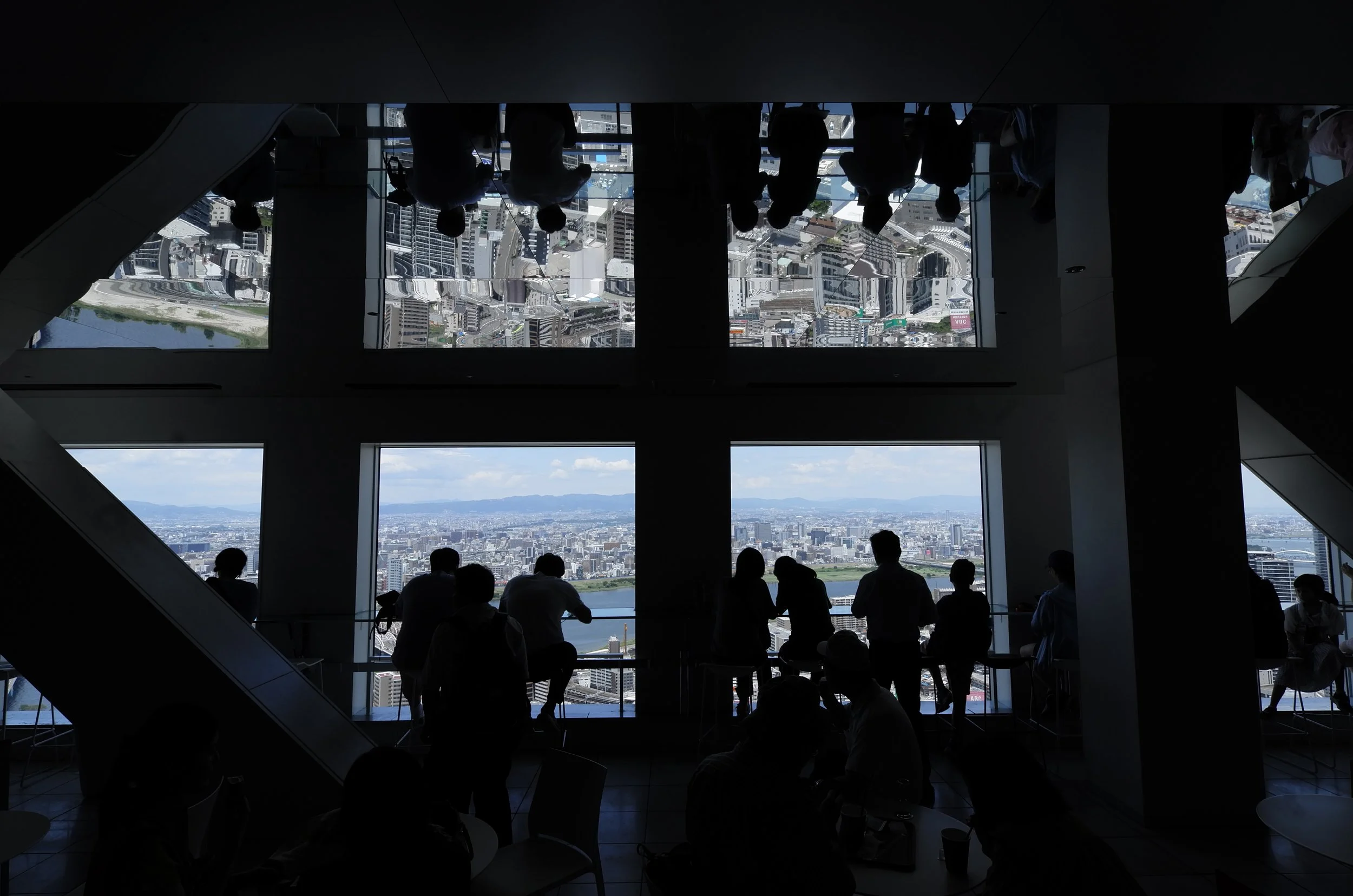







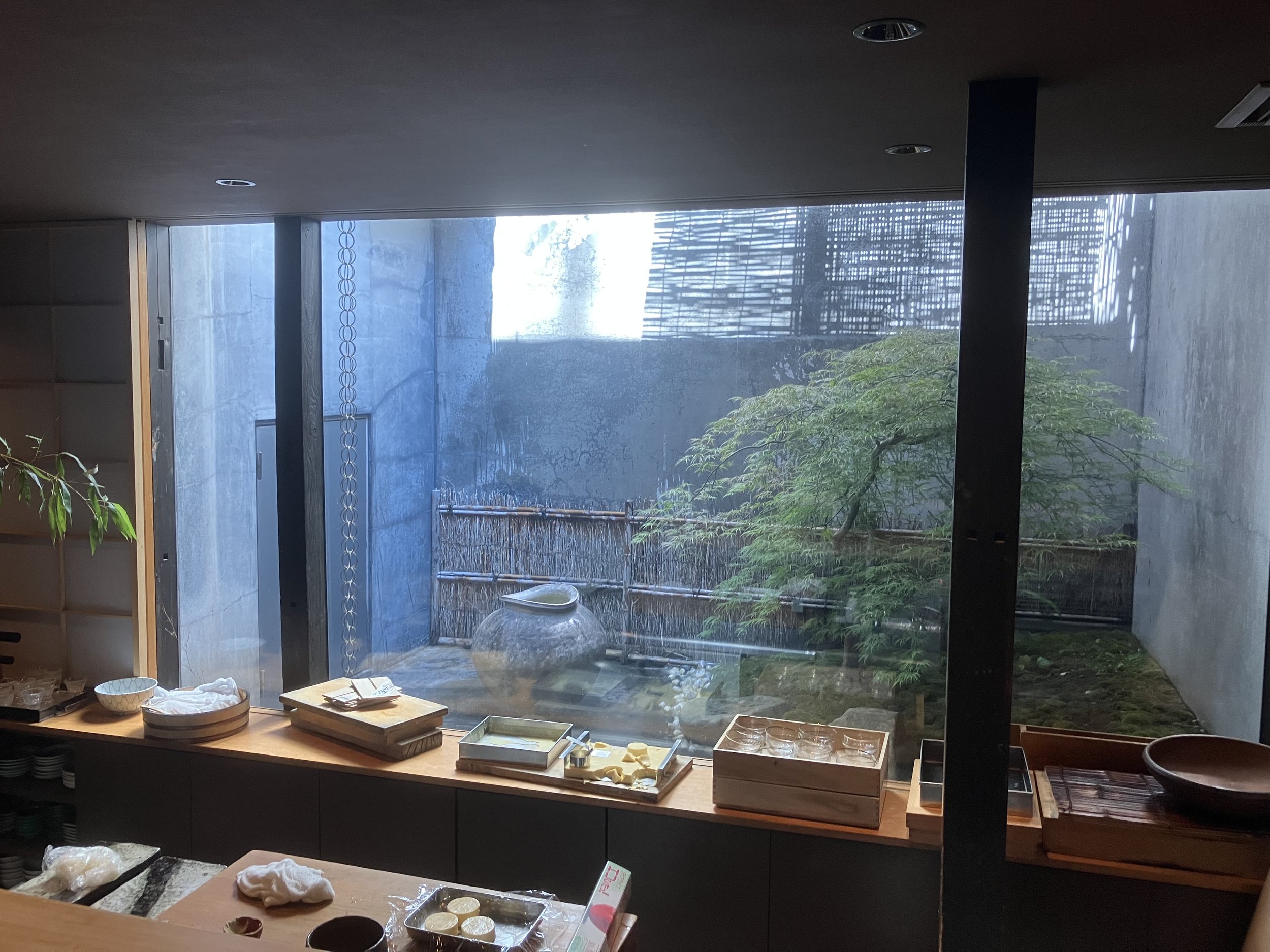


The weeklong occasion finally concluded on Tuesday, with participants departing Japan but with a newfound affinity and appreciation for Japan’s origins and urban aspirations, as well as its place on the international stage. A combination of talks by renowned expert speakers and a series of guided walking tours providing intimate experiences in the streets of Tokyo and Osaka rounded out this one-of-a-kind architectural and cultural experience. And for those in the architectural profession, the new Memorandum of Understanding between two leading industry associations represents a new era of collaboration and cooperation that will continue long past the conclusion of the event.
For AIA International, the event was the first of its kind in not only bringing AIA’s cause to a global stage and connecting with our global partners, but also establishing revenue for the organization. Thanks to the generous funding from the main sponsor, NorthGlass, profits can be invested back into future AIA programs and activities. With these opportunities in mind, this symposium will hopefully be just the first in a series of future events to happen in new and exciting locations across the globe.







































